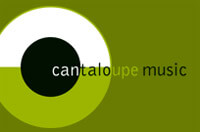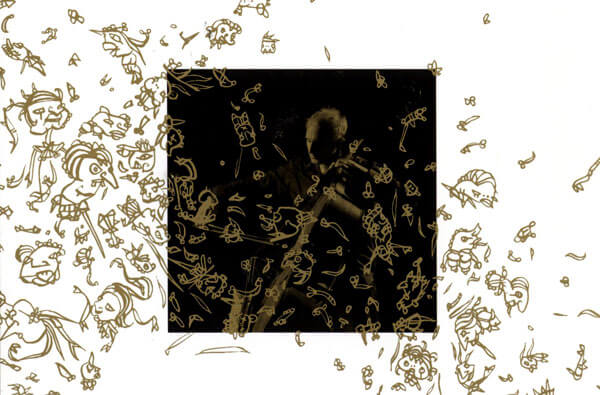 Earlier this Fall, Cantaloupe (the record label created 10 years ago by the founders of Bang on a Can) released Florent Ghys’s first LP, Baroque Tardif, following a 2009 EP, Baroque Tardif: Soli. Born in France, Ghys is a composer, double bass player, and prolific videographer.
Earlier this Fall, Cantaloupe (the record label created 10 years ago by the founders of Bang on a Can) released Florent Ghys’s first LP, Baroque Tardif, following a 2009 EP, Baroque Tardif: Soli. Born in France, Ghys is a composer, double bass player, and prolific videographer.
The title of the album (meaning late Baroque in French) is a tongue-in-cheek reference to a wacky guitar teacher that Ghys’s studied with as a teenager, and who was convinced that Baroque music would come back one day and rule other genres (#Barmageddon… discuss). The overall vibe, though, is DIY Post-Minimalism infused with a heavy dose of 21st century counterpoint.
The album opens with Phase Parisienne and Ghys starts by building counterpoint patterns on the bowed double bass in an additive fashion—layer by layer. They point, at first, towards Reich’s processes but soon haunting harmonics accompanied by hand clapping make the piece almost sound like some minimalist Gnawa music. Awesome. The following track Pull Blanc, Chemise Rouge (White Sweater, Red button-down shirt) introduces another element of Ghys’s very personal idiom: syllables as musical objects. Ghys sings dislocated modal melodies in solfège syllables (fixed do) with a thin voice and each note thus named loses its anonymity, and is treated as a found object. Or maybe is it a reference to the virtuosic practice on the Indian subcontinent to sing complex and improvised melodies on Swaras? Ghys has after all—and among many others—a degree in ethno-musicology…
Ghys pushes his experimentation on syllables further on Simplement (Simply) where he uses the audio recording of a conversation and turns it into musical material: first, the spoken rhythm is used as the basis for a melody performed on the guitar and laid over the original audio track. The effect is striking and one could almost forget that speech was here first. Later in the piece, Ghys adds another layer and sings the spoken text on the melody that was first given to the guitar, still on top of the speech track. A sense of overload—deliciously antithetical to the title—makes me wonder how a non-French speaking audience could receive the piece… Soli, built on a similar additive process, provides a welcomed relief but is a real tipping point in the album. Indeed, Polenta à Azadi displays some interesting second species counterpoint suggesting astringent harmonies that owe a lot to David Lang, but rely again, and not unlike Simplement, on solfège syllables. The same thing could be said of Clignotants, or Quatrieme.

Album art by Another Limited Rebellion
The second half of the album features a series of more atmospheric pieces like Bechamelle , Division Par Zero, Depassement De Cap, or Lemon Cake 3, but not as convincing as Coma Carus. With its shimmering quality, it is possibly the only uninterrupted musical gesture on the album.
Ghys’s output on Cantaloupe was initially thought as a 3-EP series starting with Baroque Tardif: Soli, but Cantaloupe decided to release Ghys’s material on a full-length album. Considering the stylistic redundancy on Baroque Tardif, one could wonder if two (better balanced) EPs might have changed the listening experience. Regardless, Baroque Tardif is a great introduction to Ghys’s unique, experimental, and intimate world where classical flirts with pop in a quirky way.
Baroque Tardif, Florent Ghys – Cantaloupe (2011) – Buy it on Amazon
—
Thomas Deneuville, the founder and editor of I care if you listen, is a French-born composer living in NY. Find him on Twitter: @tonalfreak























